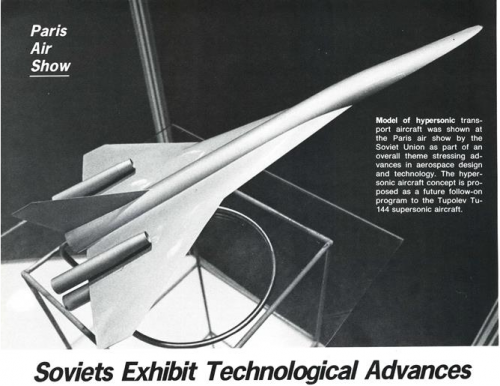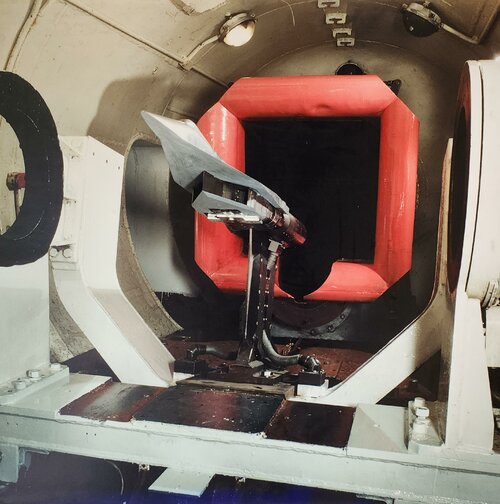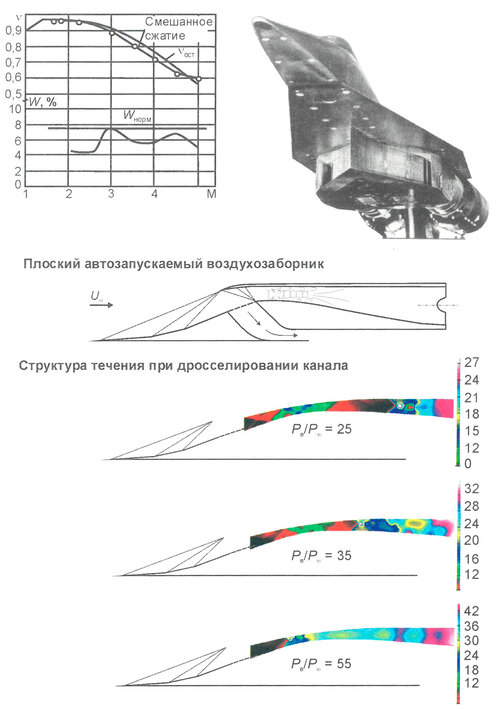Regarding this "S-88"...well please dont laugh , i have asked about it because looooong time ago i was reading this RO book , called Modern Aviation( Aviatia moderna ) 1977 edition, huge 870 page book and there was a chapter there about hypersonic aircraft and research , they mentioned the X-15 , and lifting bodies , and various concepts of the day, all kind of stuff ...dont get me wrong , probably most of that info must have been taken from various western , aswell as russian books and periodicals , there was a truly impressive bibliography at the end ...
My memory might be wrong , and i might be mixing stuff, but when they were talking about the X-15 ,and the speeds it achieved , and the heating and all that , there was this little line , just a sentence, about this SOVIET hypersonic aircraft ( they dont say manned or not , it could be anything !) who reached or was suposed to reach an even bigger speed, and if my memory isnt really messed up ( again its been very long i was a kid then), there was something with "88" in it , i had the feeling it was "S" but could be something else ...
Now i know that some of you might laugh at my "source" , i wish i had that book now , i cant even remember if i have it back home or not!
Are there any romanians here that might help ? ???
Still , after a quick search on the net , it turns out theres is /was a NII-88 institute in Soviet Union , and they WERE involved , among other things , in hypersonic research in the 50s and 60s!

www.astronautix.com
Wiki
Thank you all for your replies and links here , most interesting reads!




